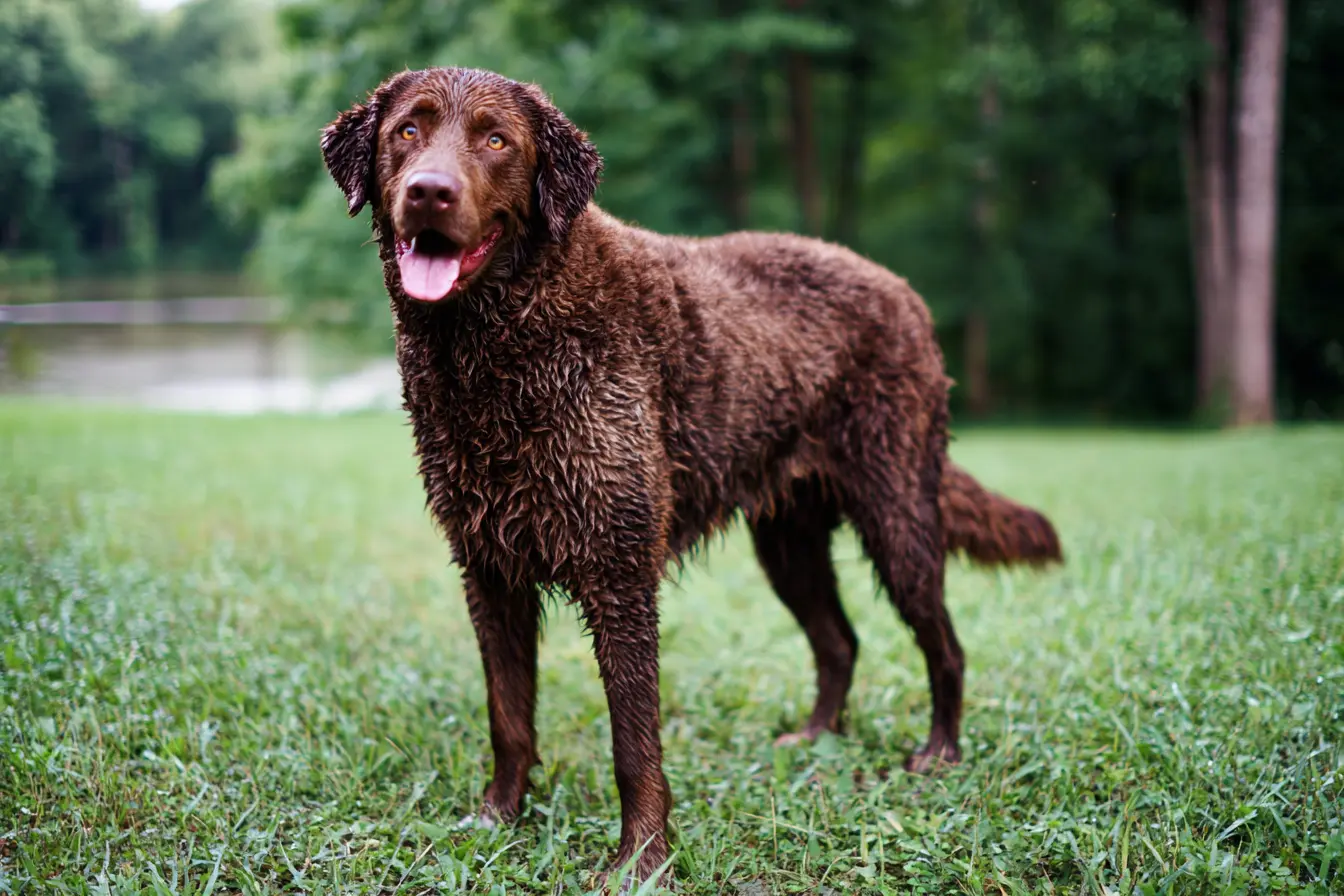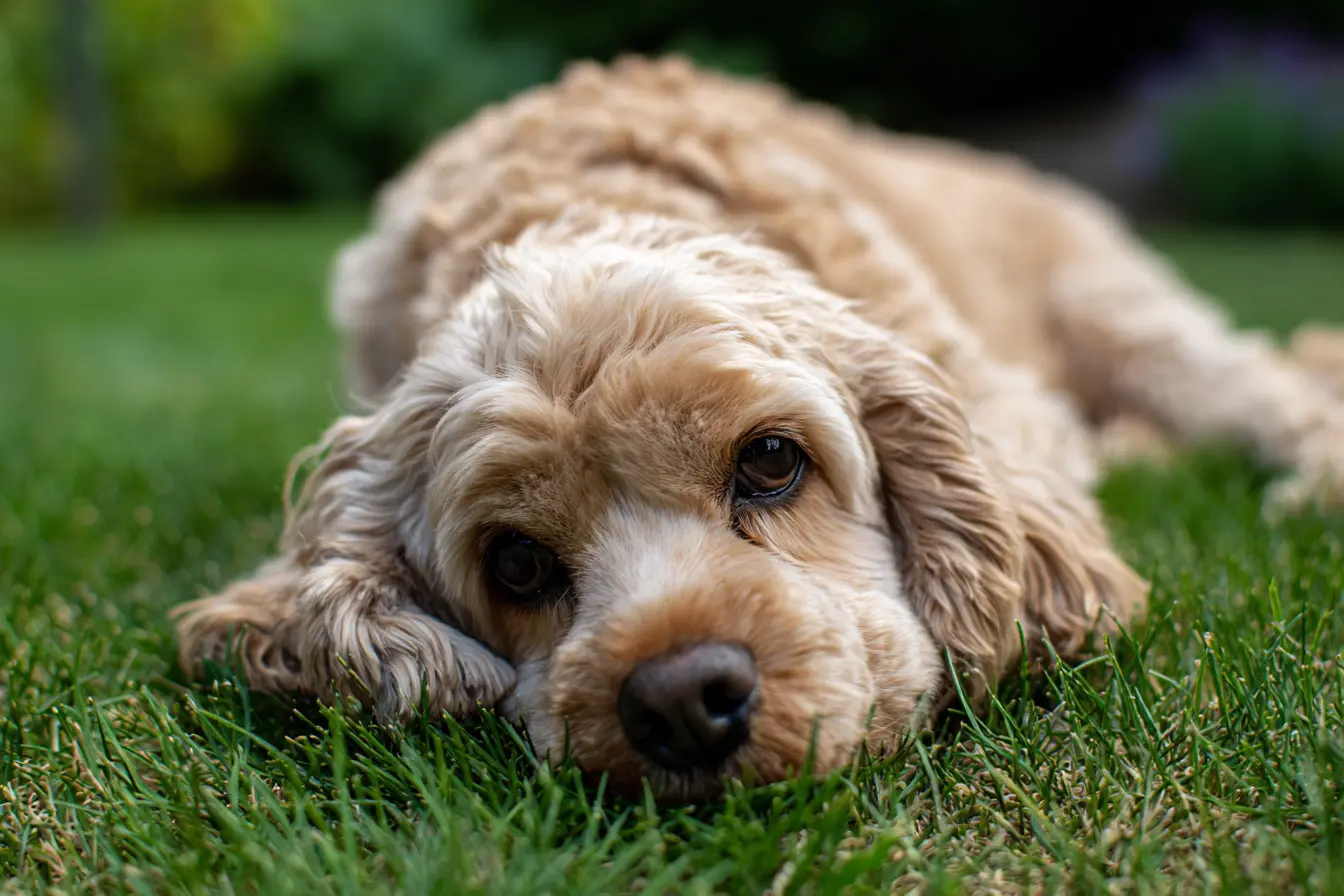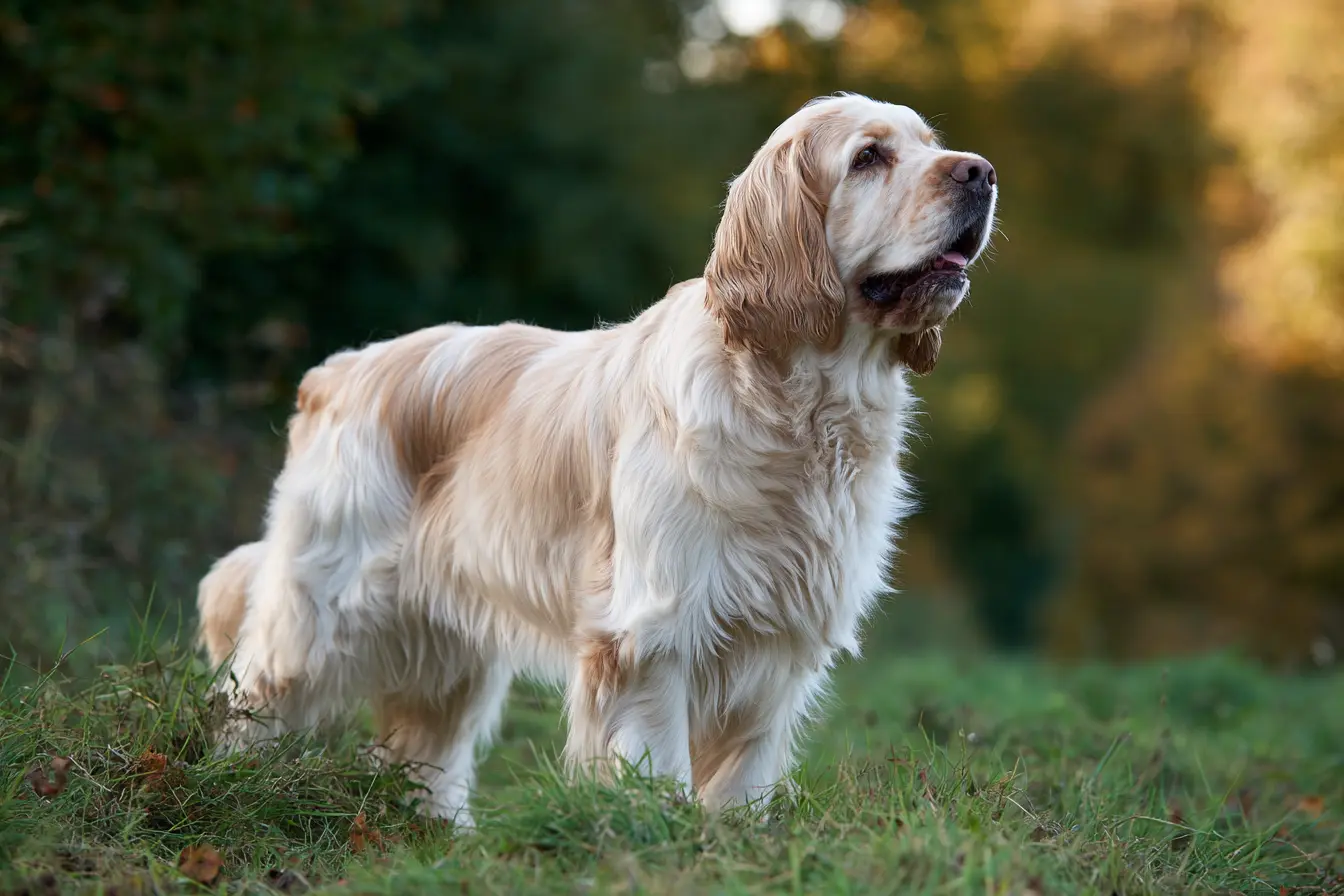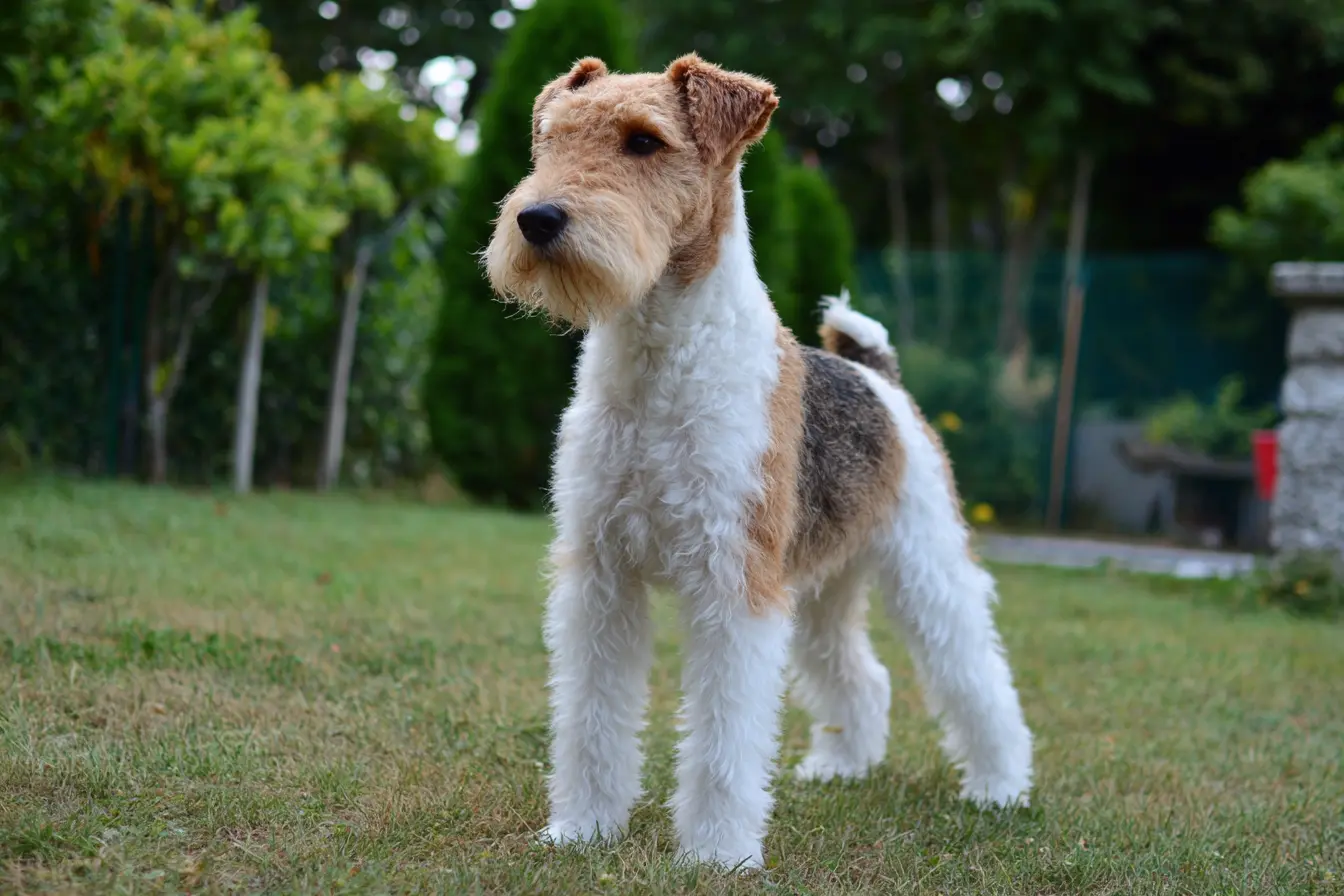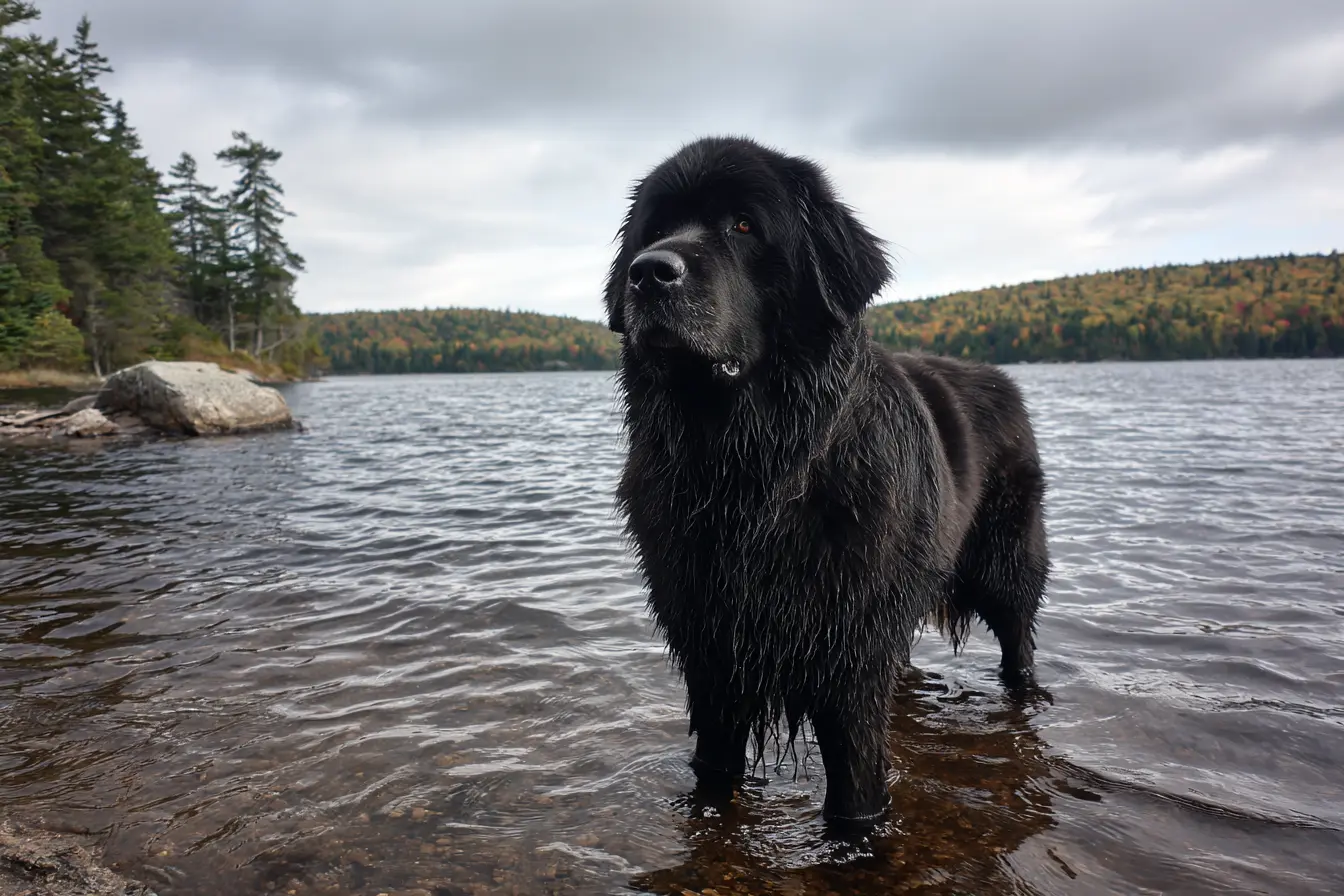
The Working Group: Powerful, Intelligent, and Devoted Guardians
The Working Group encompasses some of the largest, strongest, and most impressive dogs in the canine world. These breeds were originally developed to perform essential tasks such as guarding property, pulling sleds, rescuing people, and protecting livestock. Today, working breeds continue to serve in vital roles while also thriving as loyal family companions when given the right environment and care. If you are considering a working breed or want to learn more about these magnificent dogs, this guide will tell you everything you need to know.
What is the Working Group?
The Working Group includes breeds bred for practical purposes — strength, endurance, protection, and intelligence were the priorities in their development. These dogs have historically been trusted with significant responsibilities, and they require owners who can offer strong leadership, regular training, and adequate exercise.
Working dogs are often physically imposing, highly intelligent, and extremely loyal. They are not typically suited to novice dog owners without research and preparation.
Key Characteristics of Working Dogs
- Size: Generally large to giant breeds.
- Temperament: Loyal, protective, confident, and intelligent.
- Trainability: Highly trainable but require consistent leadership.
- Exercise Needs: Moderate to high depending on the breed.
- Work Ethic: Strong; many still excel in search and rescue, guarding, and service roles.
- Affection Levels: Very bonded to their families but often reserved with strangers.
Working breeds make outstanding companions for owners who can meet their needs for exercise, structure, and purpose.
Popular Breeds Within the Working Group
Here are some of the most iconic and admired working breeds:
Rottweiler
- Originally used for: Herding cattle and guarding property.
- Personality: Loyal, confident, and protective.
- Exercise Needs: High; needs both physical exercise and mental challenges.
- Notable Traits: Calm but courageous; natural guardians.
Boxer
- Originally used for: Hunting large game and guarding.
- Personality: Playful, energetic, and affectionate.
- Exercise Needs: High; requires vigorous daily activity.
- Notable Traits: Bouncy, fun-loving, and highly people-oriented.
Newfoundland
- Originally used for: Water rescue and hauling nets for fishermen.
- Personality: Gentle, sweet-natured, and dependable.
- Exercise Needs: Moderate; enjoys swimming and walking.
- Notable Traits: Excellent swimmers with webbed feet; "gentle giants."
Dobermann
- Originally used for: Personal protection and police work.
- Personality: Alert, loyal, and intelligent.
- Exercise Needs: High; thrives on training and activity.
- Notable Traits: Sleek and athletic; highly trainable and devoted.
Saint Bernard
- Originally used for: Mountain rescue work in the Alps.
- Personality: Gentle, kind, and patient.
- Exercise Needs: Moderate; needs daily walks but not high-intensity exercise.
- Notable Traits: Massive size; famous for rescue work and gentle temperament.
Alaskan Malamute
- Originally used for: Sled pulling in harsh Arctic conditions.
- Personality: Strong, friendly, and independent.
- Exercise Needs: High; needs extensive daily exercise.
- Notable Traits: Thick double coat; powerful endurance worker.
Great Dane
- Originally used for: Hunting boar and as estate guardians.
- Personality: Gentle, friendly, and dignified.
- Exercise Needs: Moderate; regular walks and space to stretch out.
- Notable Traits: One of the tallest dog breeds; known as the "gentle giant."
Bernese Mountain Dog
- Originally used for: Draft work and herding cattle in Switzerland.
- Personality: Calm, affectionate, and loyal.
- Exercise Needs: Moderate; enjoys moderate walks and gentle activities.
- Notable Traits: Tri-colour coat and easygoing nature.
Training and Exercise Needs
Working breeds are intelligent and thrive when given a purpose. Early socialisation and consistent training are absolutely essential to ensure they grow into well-behaved adults.
Training Tips:
- Start Early: Begin socialisation and basic obedience from a young age.
- Positive Reinforcement: These breeds respond best to praise, treats, and consistency.
- Leadership is Crucial: Owners must establish themselves as calm, confident leaders.
- Mental Stimulation: Puzzle toys, working tasks, advanced obedience, or dog sports such as carting, tracking, or protection training are beneficial.
Exercise Requirements:
- High-energy breeds (Boxers, Malamutes, Dobermanns): Require at least 1–2 hours of vigorous exercise daily.
- Moderate-energy breeds (Saint Bernards, Bernese Mountain Dogs): Require daily moderate walks and opportunities to explore.
Providing sufficient physical and mental stimulation is critical to prevent boredom, frustration, and destructive behaviours.
Grooming and Care
Grooming needs vary across the group:
- Short-coated breeds (Boxer, Dobermann): Require minimal grooming; weekly brushing.
- Thick, heavy-coated breeds (Newfoundland, Malamute, Bernese Mountain Dog): Require regular brushing, especially during shedding seasons.
- Drooling breeds (Saint Bernard, Newfoundland): Owners should be prepared for frequent drool cleaning.
Routine ear cleaning, dental care, and nail trimming are essential for all working breeds.
Health Considerations
Working breeds are prone to some specific health issues:
- Hip and elbow dysplasia: Common in large and giant breeds.
- Bloat (Gastric Torsion): Life-threatening condition seen in deep-chested breeds like Great Danes and Rottweilers.
- Heart Conditions: Including cardiomyopathy in Dobermanns.
- Bone and joint problems: Especially in giant breeds due to rapid growth.
Choosing a reputable breeder who screens for health conditions is critical, as is providing proper nutrition and avoiding over-exercising growing puppies.
Living with a Working Dog
Working breeds can be outstanding family pets when their needs are properly met:
- Protective Instincts: They are often naturally wary of strangers and make excellent watchdogs.
- Affectionate at Home: Most working breeds are loving and gentle with their families.
- Space Requirements: Larger breeds need space to stretch out and move comfortably.
- Not ideal for sedentary homes: They need activity and engagement to thrive.
They are best suited to homes where someone is present for much of the day, as boredom and loneliness can lead to destructive behaviour.
Pros:
- Loyal, protective, and affectionate.
- Highly intelligent and trainable.
- Excel at obedience, service work, and therapy work.
- Good with children and families when properly socialised.
Cons:
- Large size can be challenging in small homes.
- Strong leadership and consistent training are essential.
- Some breeds are prone to significant health issues.
- High food, grooming, and veterinary costs.
Is a Working Dog Right for You?
If you are an active individual or family who can offer training, companionship, and leadership, a working dog could be an incredibly rewarding companion. They are ideal for owners who appreciate a dog with intelligence, loyalty, and a strong work ethic.
However, if you prefer a low-maintenance pet, have limited space, or lack time for training and exercise, a working breed may not be the right fit.
Conclusion
The Working Group represents strength, intelligence, and unwavering loyalty. Whether you are drawn to the protective Rottweiler, the dignified Great Dane, or the affectionate Newfoundland, working breeds bring extraordinary devotion and character to their homes. With the right care, training, and understanding, a working dog will be a powerful, loving, and dependable companion for many wonderful years.
Vets near you
Speciality vets
- Aquatics vet specialists
- Birds vet specialists
- Camelids vet specialists
- Cats vet specialists
- Cattle vet specialists
- Deer vet specialists
- Dogs vet specialists
- Equines vet specialists
- Exotic vet specialists
- Goats vet specialists
- Pigs vet specialists
- Poultry vet specialists
- Sheep vet specialists
- Small Mammals vet specialists
- Wild vet specialists
